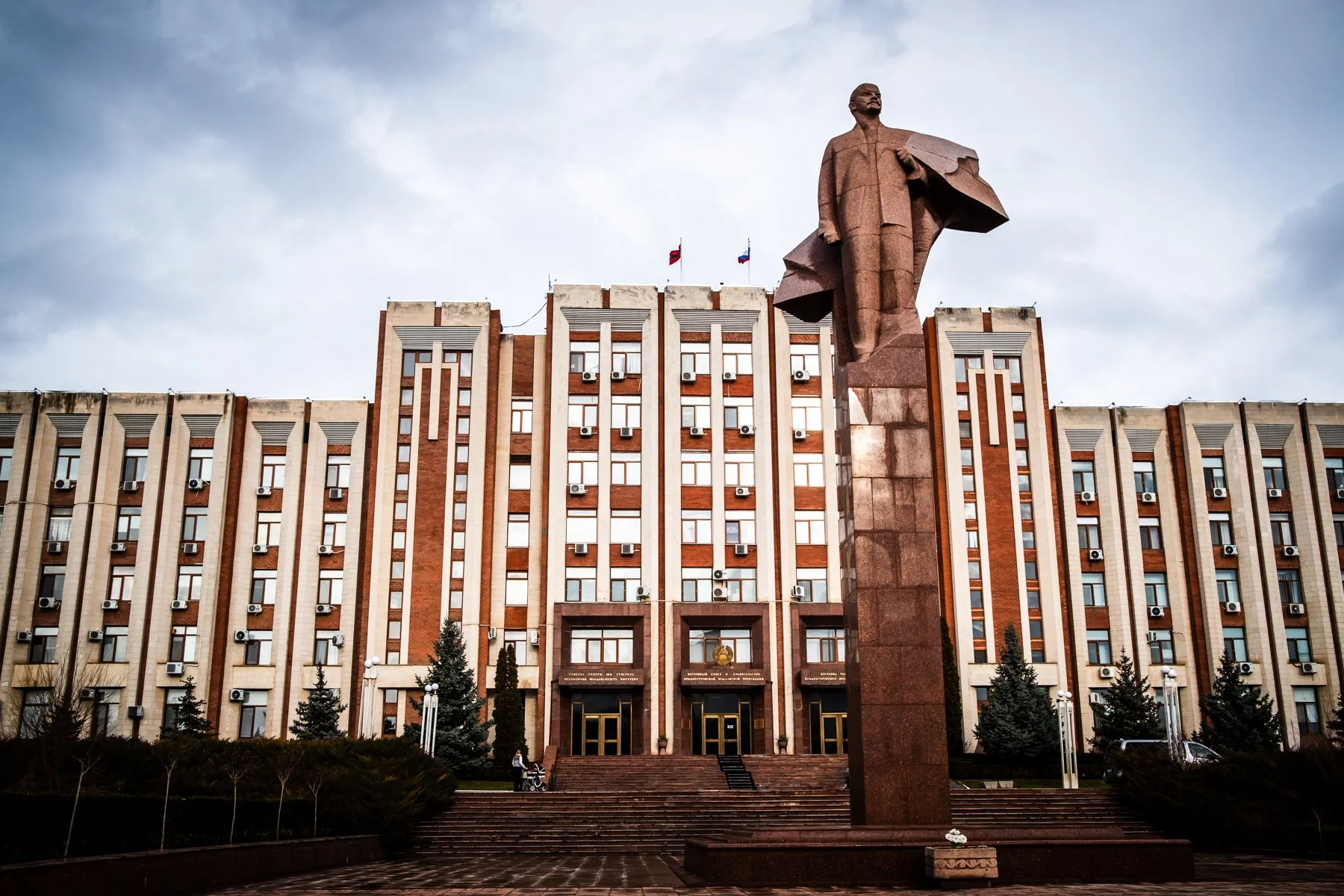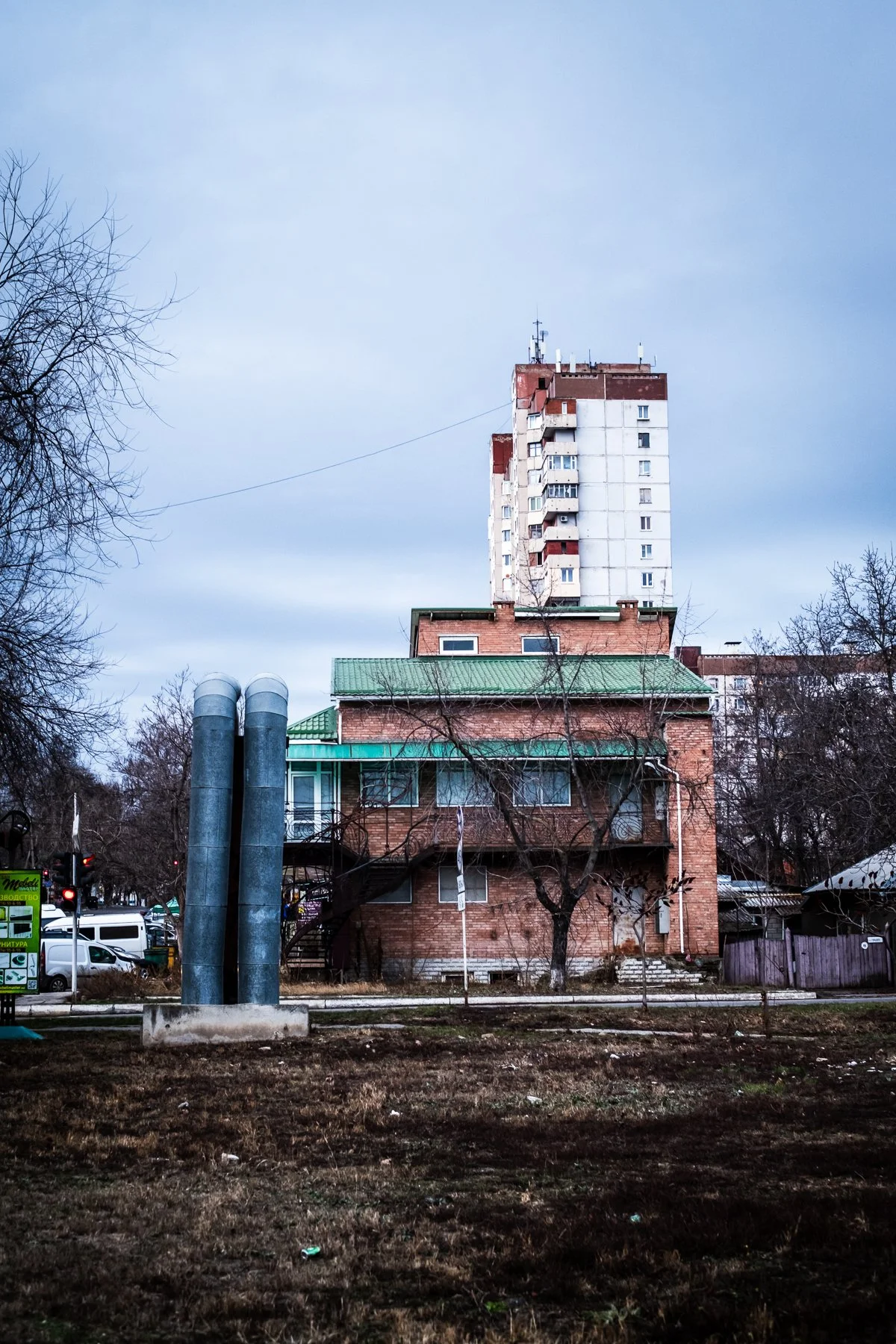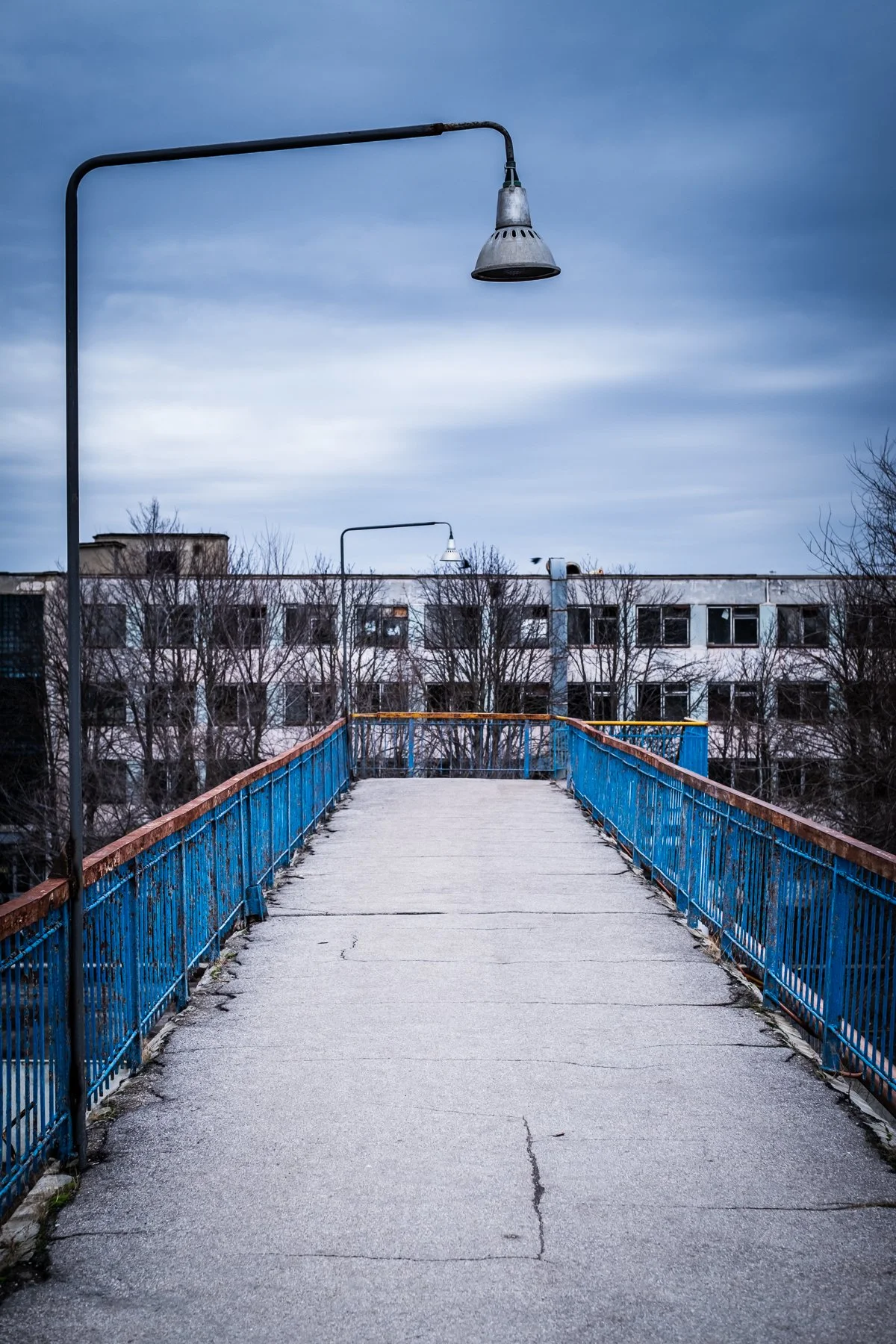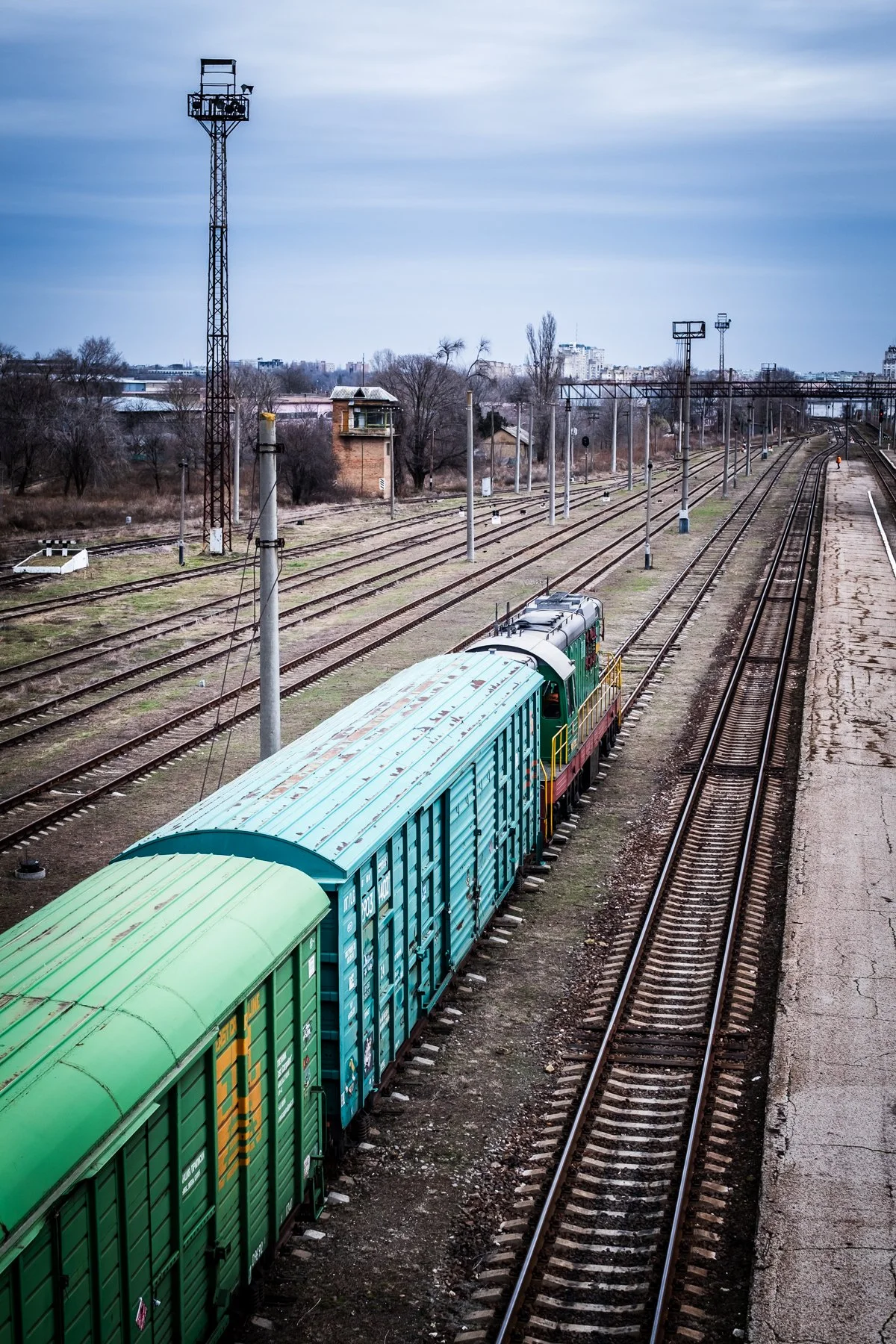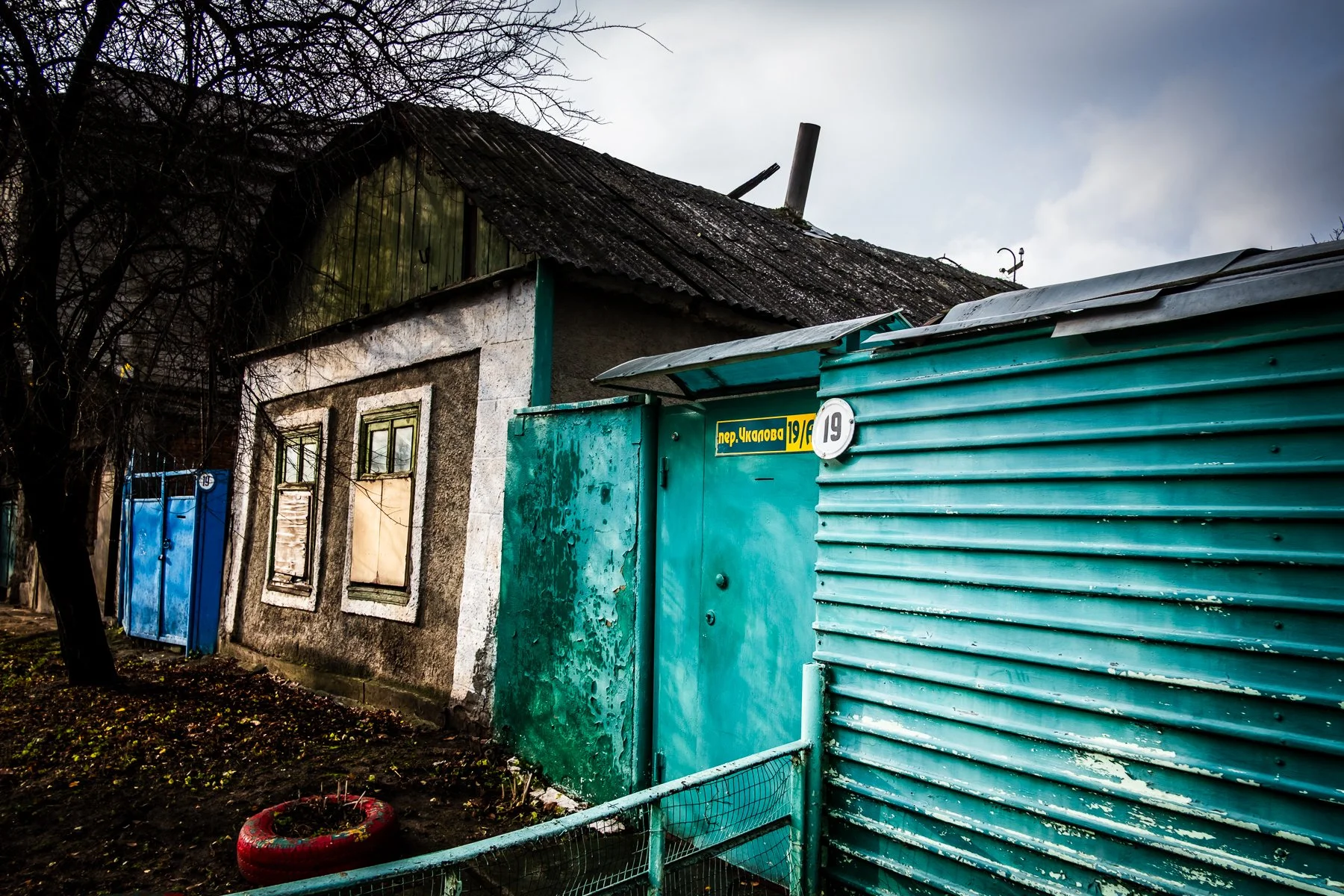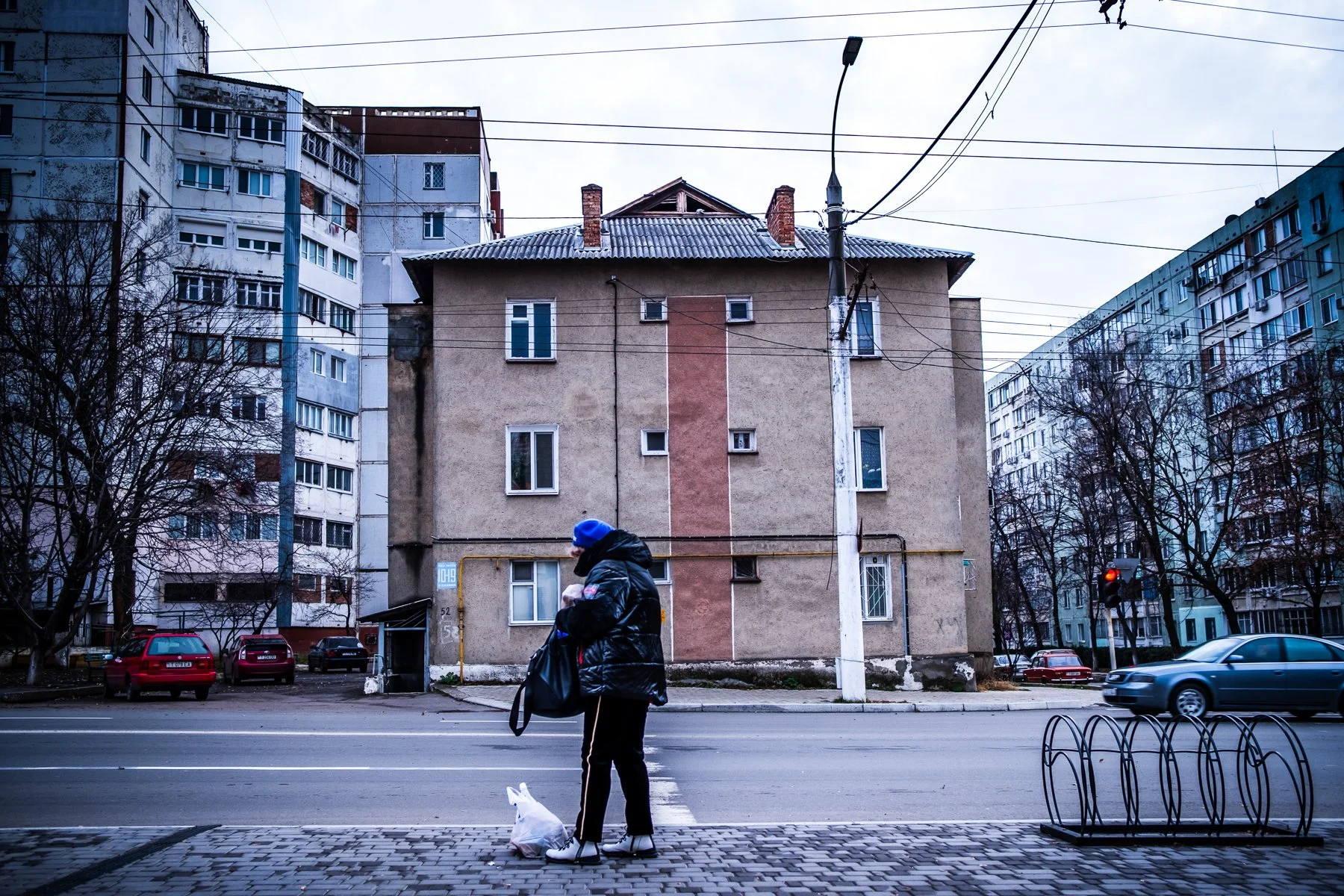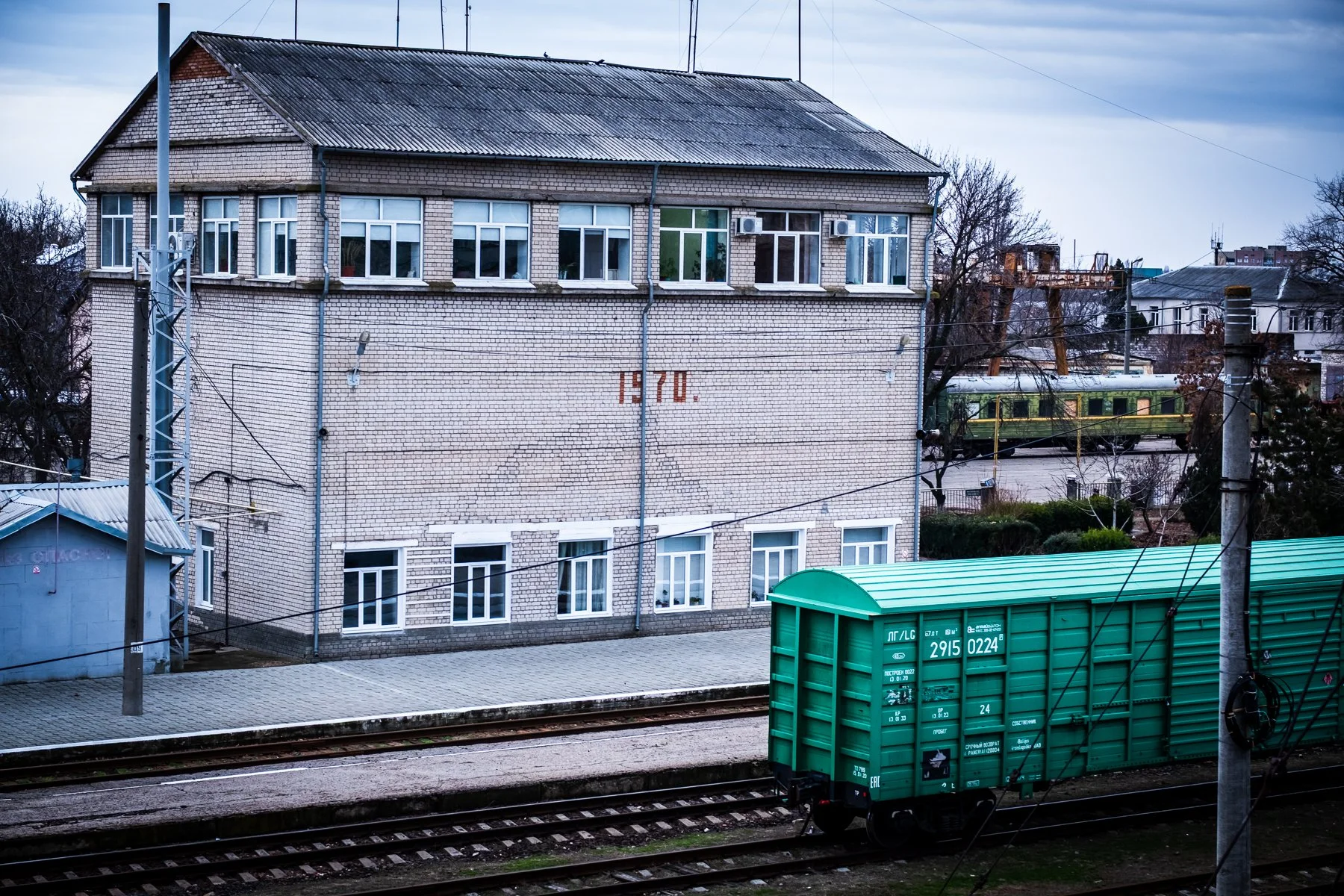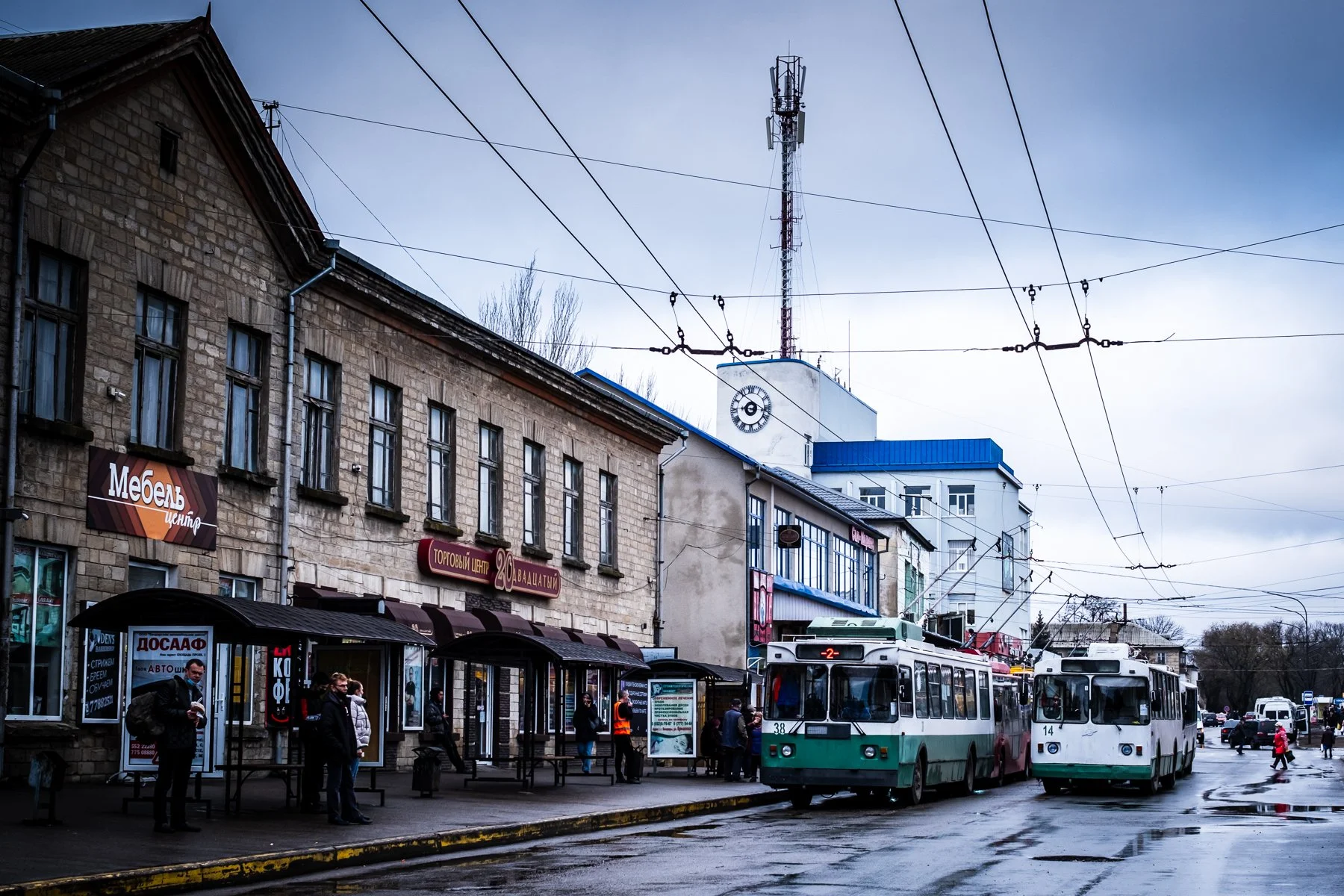Priednestrovie, tucked between the Dniester River and the border with Ukraine lies Pridnestrovie—commonly known as Transnistria—a narrow strip of land unrecognized by the international community but fiercely self-governed. Officially considered part of Moldova, this self-proclaimed republic has existed in a peculiar state of political limbo since the early 1990s. As the Soviet Union disintegrated, waves of nationalism surged across Eastern Europe. In 1990, fearing Moldovan unification with Romania and the loss of Russian language and influence, Pridnestrovie declared independence. A short but bloody war followed in 1992, resulting in a ceasefire brokered by Russia—but no definitive peace. To this day, Pridnestrovie remains a de facto state: it has its own government, military, currency, and borders, yet it exists without recognition from the United Nations or any sovereign nation.
Three decades later, the conflict remains frozen, but its implications have become increasingly relevant. Russia, which maintains a contingent of “peacekeeping” troops in the region and provides financial and political support, sees Pridnestrovie as part of its sphere of influence—an outpost of Russophone identity in an area of growing Western alignment. Conversely, Moldova, backed by the European Union, continues to pursue deeper integration with Europe, including the prospect of EU membership. Pridnestrovie, caught between these geopolitical forces, reflects a broader struggle: East versus West, tradition versus transformation, isolation versus integration.
This complex backdrop shapes the everyday reality of Pridnestrovie’s half a million residents. The capital, Tiraspol, is a city of contrasts. Soviet monuments, hammer-and-sickle emblems, and statues of Lenin coexist with mobile phone shops, cafes, and vibrant street life. Many citizens express pride in their unique identity and sense of order, while others lament economic stagnation, limited opportunities, and a future that feels perpetually suspended. The region’s economy is heavily dependent on Russian subsidies and trade with neighboring Moldova, yet it remains cut off from many of the global systems that define contemporary life elsewhere.
This photographic series explores Pridnestrovie at this crossroads—between past and present, recognition and obscurity, influence and neglect. It seeks to capture the textures of daily life behind the political stasis: children playing beneath murals of Soviet glory, elders recalling a vanished union, and a younger generation shaped by the contradictions of a state that officially doesn’t exist. Rural landscapes echo a slower rhythm, while urban centers pulse with the energy of resilience and adaptation.
Pridnestrovie is more than a geopolitical anomaly; it is a lived reality, defined by its people’s capacity to endure, to adapt, and to find meaning within uncertainty. Through this series, we delve into the layers of a place that exists at the edges of maps, but at the heart of larger questions about identity, belonging, and the long shadows of history in a divided world.
